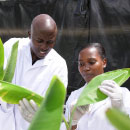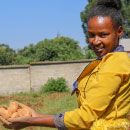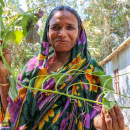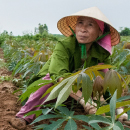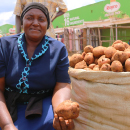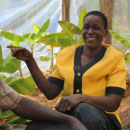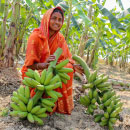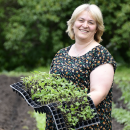The need to pay more attention to gender in breeding becomes even more apparent when one looks at past breeding efforts in any detail.
The Gender and Breeding Initiative scanned the published literature looking for research that addressed plant breeding, seed selection, trait evaluation and similar ideas and that specifically reported data from women about their varietal preferences. Results were disappointing, and illuminating.
Not one of the 39 research papers that met the selection criteria aimed to understand gender differences in trait preferences as a primary objective. Despite that, differences could be discerned. Women mentioned traits related to their family’s food security, such as early maturity, multiple harvests and tolerance to pests and diseases, more often than men. Men, by contrast, mentioned varieties with market appeal—high yields, low labor requirements—more often than women. After harvest, women mentioned traits such as ease of processing and lower processing losses or medicinal properties, reflecting their concern with food quality and nutrition, while men focused on storage life and marketability.
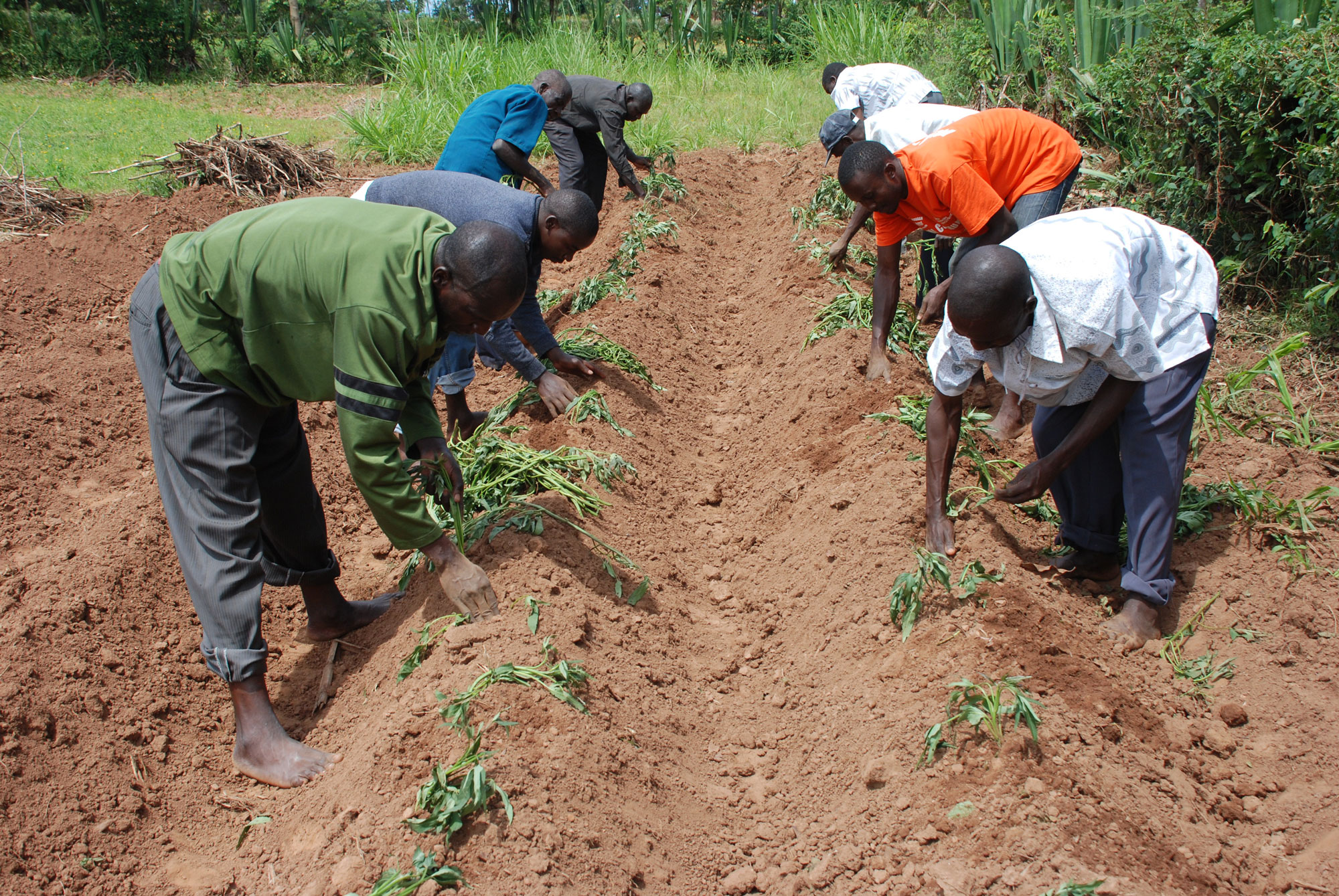
While these overall trends can be considered more-or-less general, a more useful approach to integrating gender into breeding must move beyond collecting only sex-disaggregated data to consider how gender norms and values are part of a wider social context. Women and men face different challenges and have access to different opportunities as a result of other elements that constitute their identities, such as their economic class, ethnicity, race, age, and the kind of work they do.
This idea drives much of the work of the Gender and Breeding Initiative. A problem-led approach, analyzing issues among specific task-based groups, fosters a collaborative environment by focusing on the problem at hand, avoiding a disciplinary bias. Market economists, food technologists, biologists and gender specialists can collaborate and solve complex problems, creatively bringing together tools and methods from different disciplines. The approach goes well beyond simply accepting ‘women’ and ‘men’ as an initial grouping that is taken for granted, and which can create artificial divisions or even increase existing inequalities.
The G+ tools help to operationalize this intersectoral approach and, as they are applied in breeding programs inside CGIAR and further afield, will result in improved varieties that enjoy widespread adoption because they give end users what they want and need.
- Gender Differentiation of Farmer Preferences for Varietal Traits in Crop Improvement: Evidence and Issues
- Plant breeders could let women farmers guide them
- Unpacking interdisciplinarity in the context of breeding programs: the value of different disciplines and research methods
- How can breeding programs consider diverse and changing local contexts?

